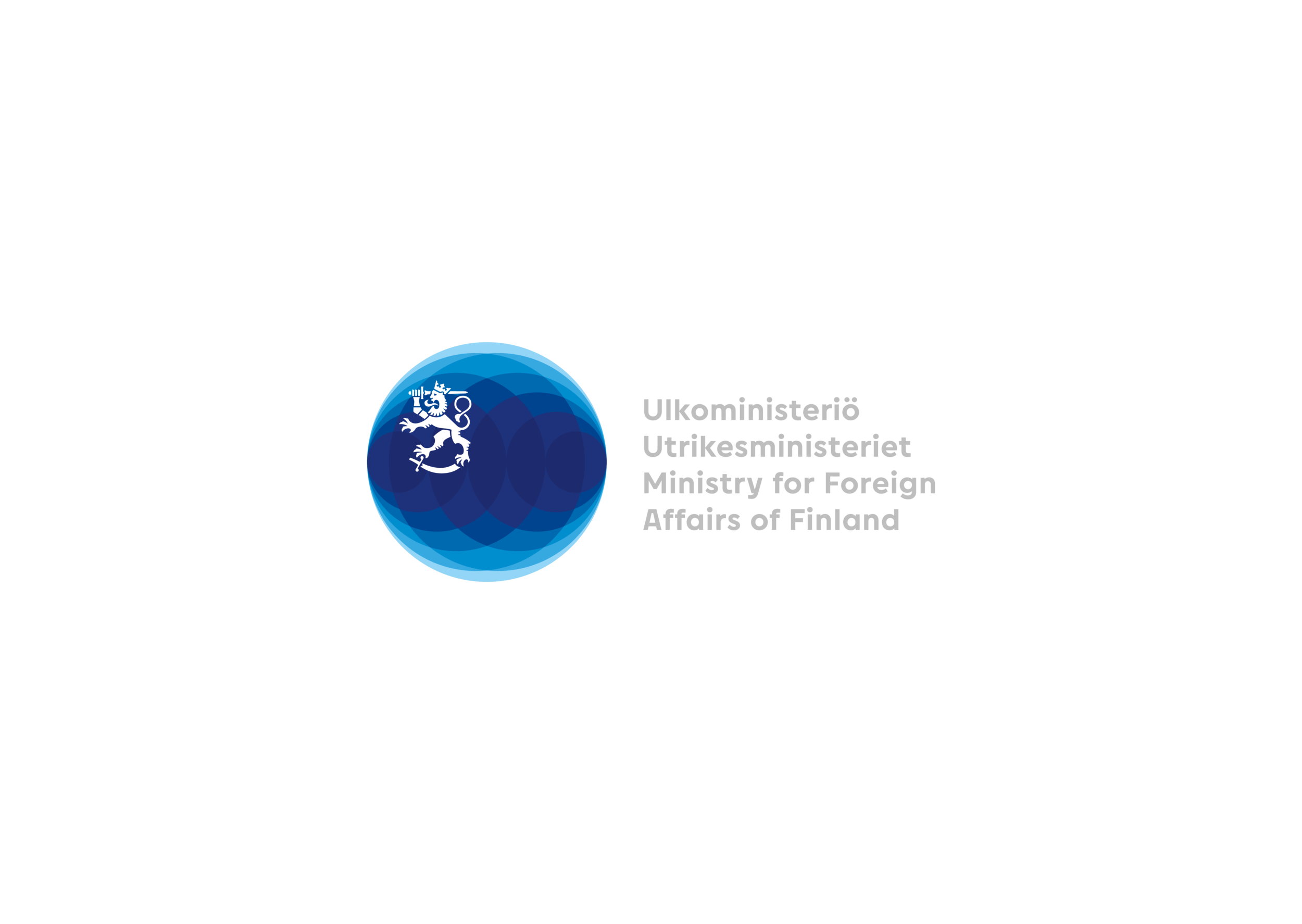Instead of moving closer to achieving the Sustainable Development Goal 2 to end hunger and malnutrition by 2030, the Covid-19 pandemic has resulted in even more people facing hunger. In 2020, there were an additional 161 million people who experienced hunger, “pushing the total to 811 million, while nearly one in every three individuals (2.37 billion people globally) did not have access to adequate food.” On the other hand, nature is declining globally at rates unprecedented in millions of years, which is pushing biodiversity to a tipping point that endangers not just the future of animals and nature, but soon also the health and wellbeing of the 8 billion people inhabiting the Earth. In this context of social and ecological crises, urgent action is needed to transform food systems into modes that can ensure food security in the long-term by protecting biodiversity and supporting producers, especially smallholder farmers. Can certification schemes play a role in forging more sustainable food systems?
Private certification schemes have become increasingly popular in global agro-food chains, which often claim to improve both the socio-economic and environmental sustainability of agricultural and food consumption processes. Moreover, most European buyers of agricultural products today demand evidence of certification, so it has essentially become a prerequisite for market access. One example is the GLOBALG.A.P. certificate, which aims to benefit farmers, retailers, and consumers throughout the world by promoting Good Agricultural Practices (G.A.P.) among producers and helping them gain access to a global market. The Finnish Agri-agency for Food and Forest Development (FFD) and Tanzania Horticultural Association (TAHA) have developed a project that utilizes GLOBALG.A.P. standards on a grass-roots level with Tanzanian horticulture farming with an aim to support local farmers organisations and promote sustainable farming practices.
To analyse the effectiveness of GLOBALG.A.P. and certification schemes in general, I compared the strengths, weaknesses, opportunities, and threats (SWOT) posed by GLOBALG.A.P. with two other internationally recognized certificates: Fairtrade and the Rainforest Alliance Certification Program. The SWOT analysis was conducted through a qualitative review of relevant academic literature and the certification bodies’ websites and published documents. Fairtrade ”claims to improve farmers’ lives and to offer consumers a powerful way to reduce poverty through their everyday shopping.” On the other hand, Rainforest Alliance ”claims to ensure the long-term economic health of communities through protecting ecosystems, safe-guarding the well-being of local communities and improving productivity.” But how effectively do these certificates truly improve the socio-economic and environmental sustainability of global food production and trade? See below the results of the SWOT analysis:
GLOBALG.A.P.
Fairtrade
Rainforest Alliance
We can see from the three SWOT analysis grids that the mechanisms and scopes of the different certification schemes vary significantly. Fairtrade is more catered to supporting local farmers’ organisations and cooperatives through economic benefits with low compliance costs for producers. On the other hand, Rainforest Alliance is more focused on environmental sustainability with a more developed criteria for environmental management, but higher compliance costs for producers and lower prices for buyers. GLOBALG.A.P. seems to cater to both social and environmental sides of the sustainability spectrum with extensive criteria on environmental sustainability and an option to attain a voluntary GRASP add-on certificate to conduct a social risk assessment, which focuses on workers’ health, safety, and welfare. GLOBALG.A.P. is also the only certificate out of the three that offers an alternative lower-entry standard, localg.a.p., if the requirements of the full standard are unattainable for smallholder producers.
Perhaps the largest issue across all three certificates is the costs of compliance and hence the accessibility for smallholder producers. While the certificates aim to promote the socio-economic and environmental sustainability of agricultural processes, they also further disadvantage those that do not have the resources to access the global standardizations and global markets. The results indicate that certification is not a ‘cure-all’ to social outcomes, environmental sustainability and/or incomes of smallholder farmers. We can also question to what extent certifications really challenge the root causes of inequities in food systems and trade?
Overall, the benefits of the certificates are better attained when combined with capacity development support. As FFD and TAHA’s project in Tanzania shows, the economic potential of the horticulture sector is vast, with a current estimate of one-billion-dollar revenue from exports. To tap into this potential, systematic quality assurance and certification is needed for exportation. A certification is, therefore, necessary, but on their own, any one certification cannot solve the complex issues of sustainability.
Iida Lehto
Master’s candidate in Development Studies, The Graduate Institute Geneva
The writer of this article studies at the Graduate Institute Geneva in Switzerland and volunteered at FFD.
’Quality Standards for Enhanced Market Access for Small-holder Farmers in Tanzania’ has received funding from the Finnish Ministry for Foreign Affairs in 2021-2024.















